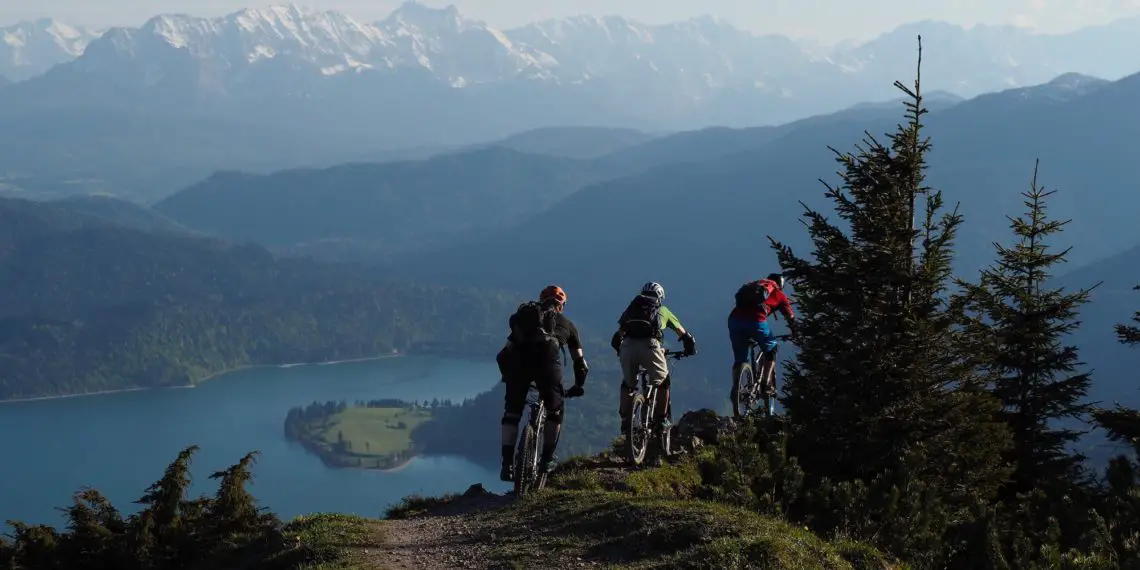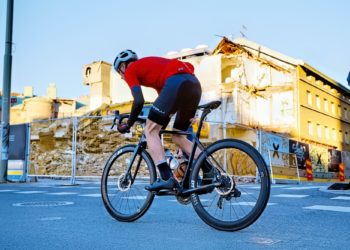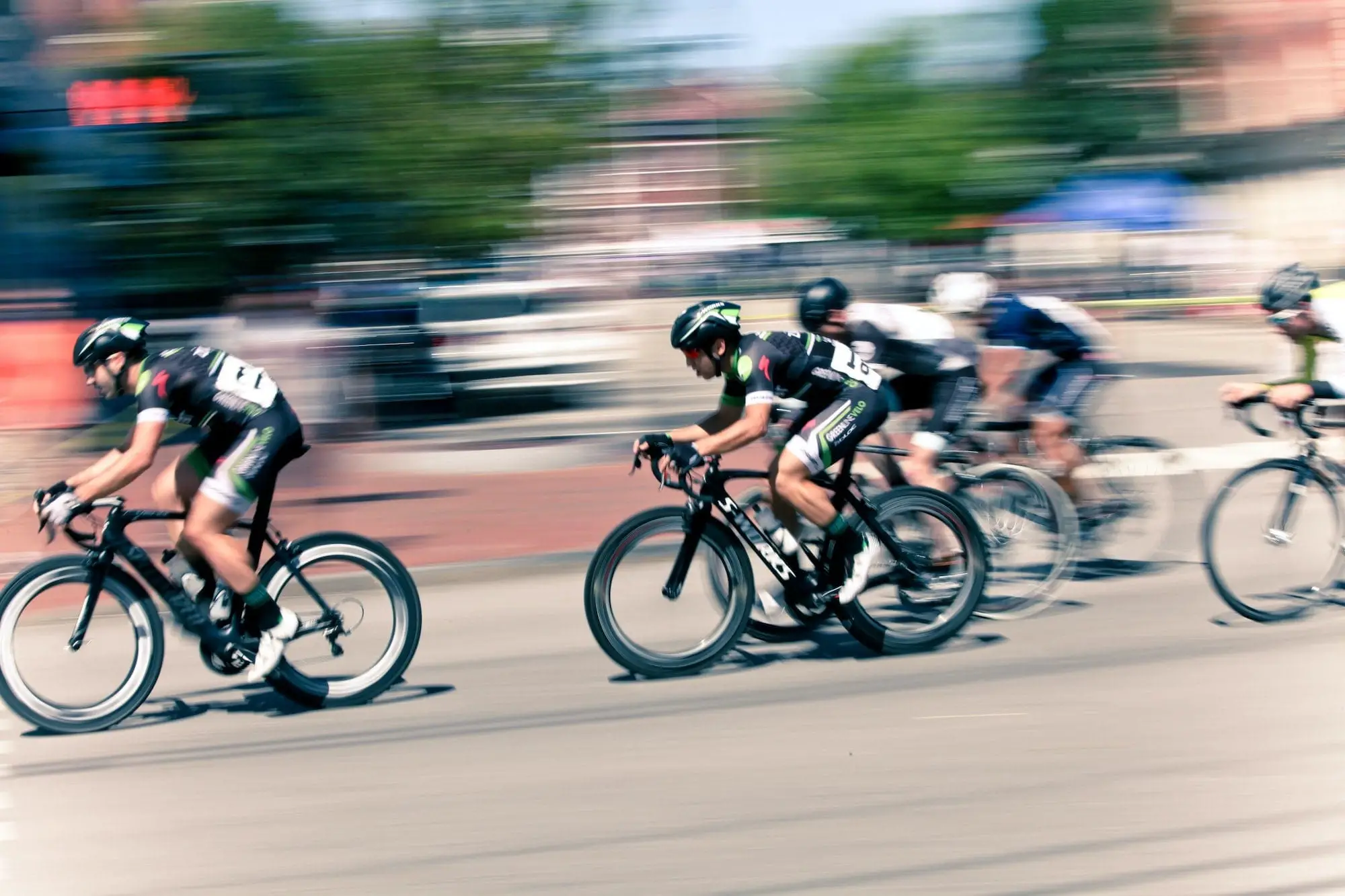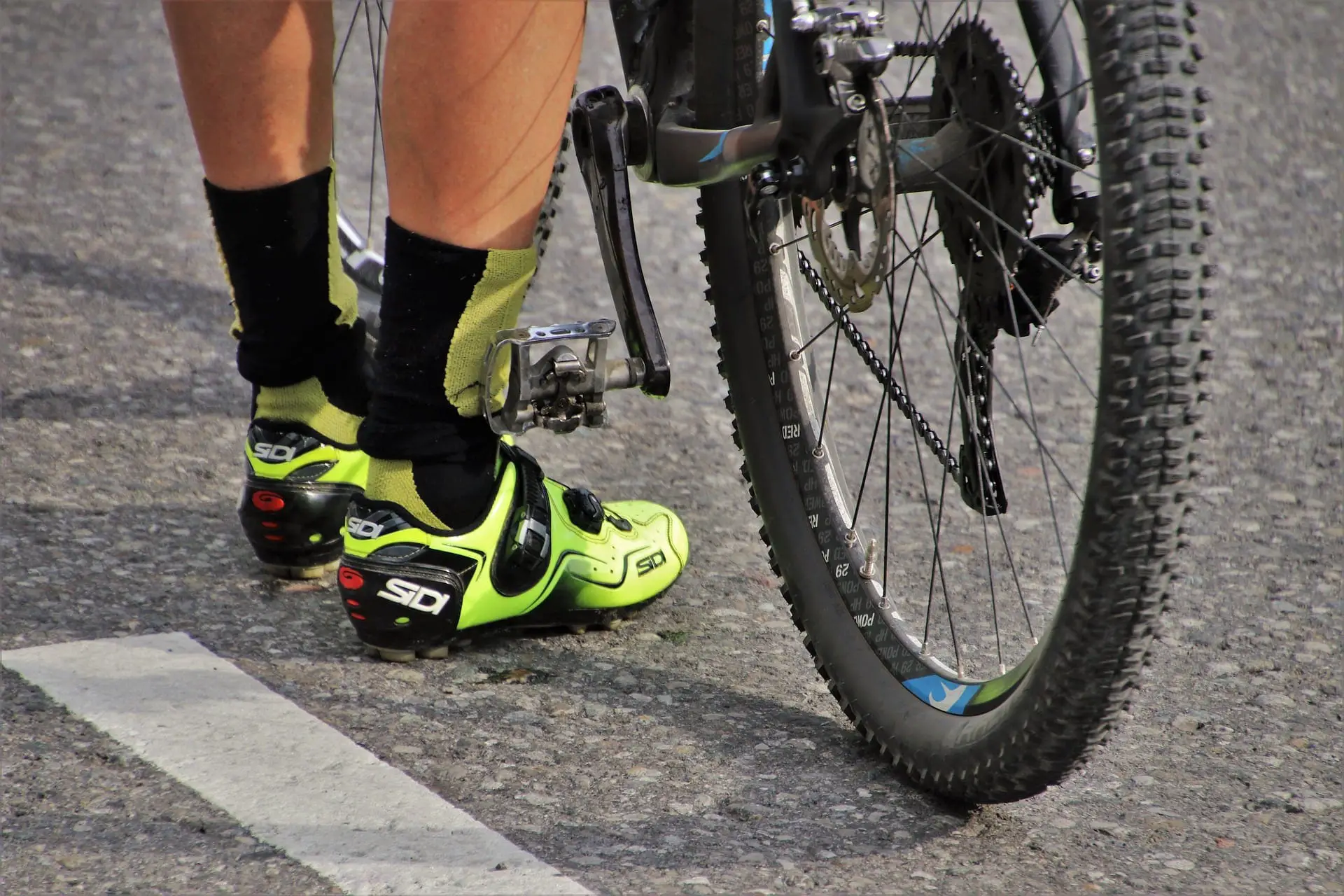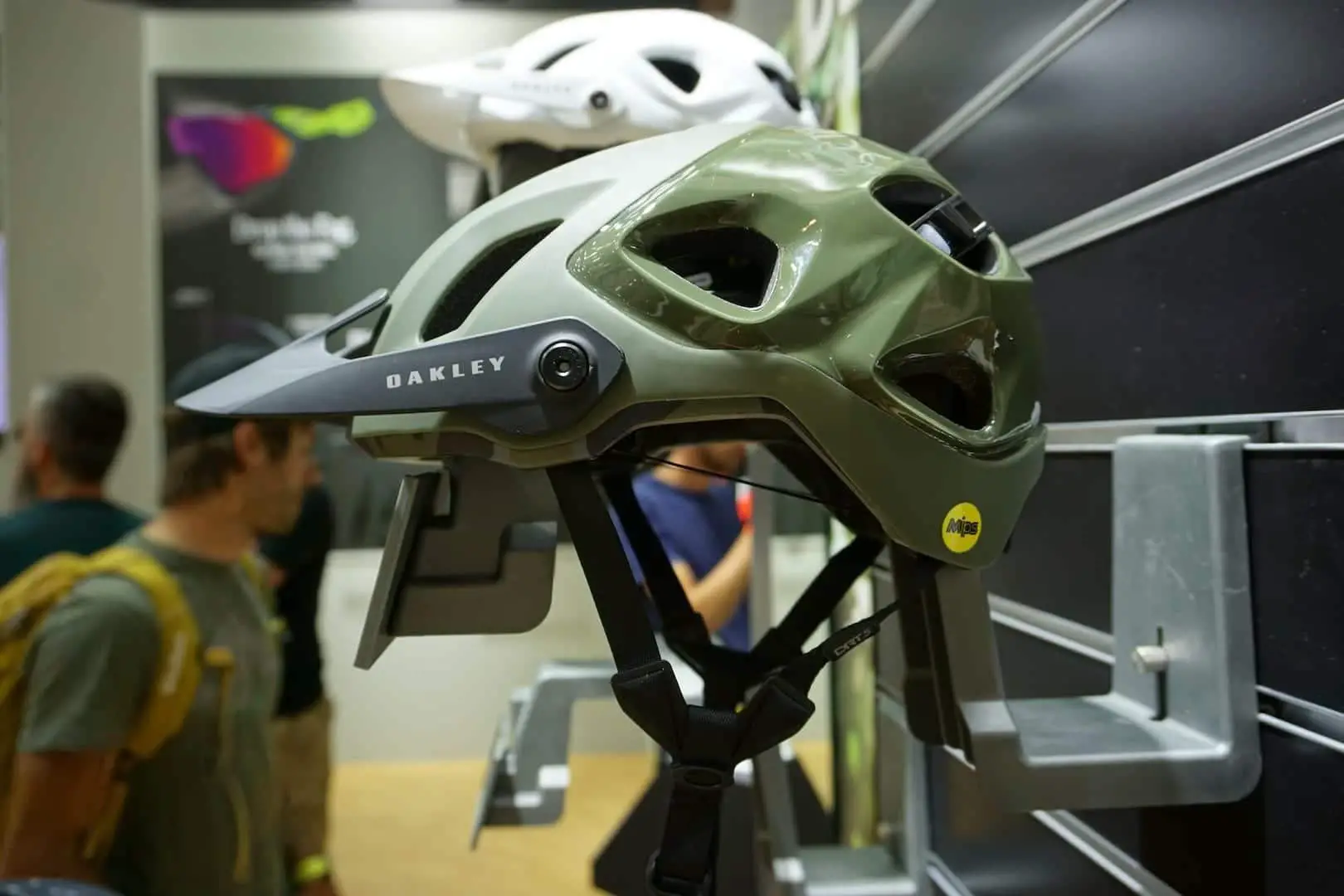Mountain biking is not like your typical day on a road bike. Even the bikes look completely different too! In this blog post, we are going to talk about what to wear mountain biking. So, read on!
Wear these eight important items when mountain biking
When it comes to mountain biking, make sure that you have gear that protects you without compromising your comfort. It’s also important that your clothing suits your riding style too. Below are eight important items to wear when mountain biking:
1. Shorts
Mountain biking shorts may look different than their road counterparts, but they work the same. Mountain biking shorts are usually made from stretchy fabric that offers optimum leg movement. They also come with padding in the crotch area that’s designed to wick moisture and reduce friction — protecting you from chafing and saddle sores.
Mountain bikers are not concerned with speed. That’s why most mountain bike shorts in the market are baggy. Depending on your preference, you can also go for tight-fitting and aerodynamic mountain bike shorts for extra muscle support and speed boost.
The padding in mountain bike shorts is slightly thinner than the chamois found in road bike shorts. This is because you right in a more upright position on a mountain bike.
2. Gloves
When it comes to mountain biking gloves, padding, and finger coverage matter. Most mountain bikes have padded grips, eliminating the need for extra padding on your gloves. If you ride for several hours, an extra layer of padding would be helpful. Non-padded MTB gloves are light and give you better control of the bike which is crucial when navigating through technical terrains.
For finger coverage, full-fingered mountain biking gloves are the way to go. Mountain bikers are not concerned about sweaty hands. What you are looking for is a glove that protects your knuckles and fingers from branches and debris along the road.
3. Helmet
A lot can go wrong when you are mountain biking. Your chances of crashing or bumping into a rock or tree are a lot higher than for bike commuters and road cyclists. That’s why it is important to make your safety a priority.
Mountain biking helmets are specifically designed to handle the rigors of technical and challenging terrain. They usually come with an integrated peak to keep the rain and the sun away from your eyes. The peak also prevents low-hanging branches from hitting your eyes. Mountain bike helmets also sit lower around the head to provide better coverage.
If you are more of a downhill rider, go for a full-face helmet that offers all-around protection. These helmets are often paired with a neck brace to protect your head and neck in a big crash.
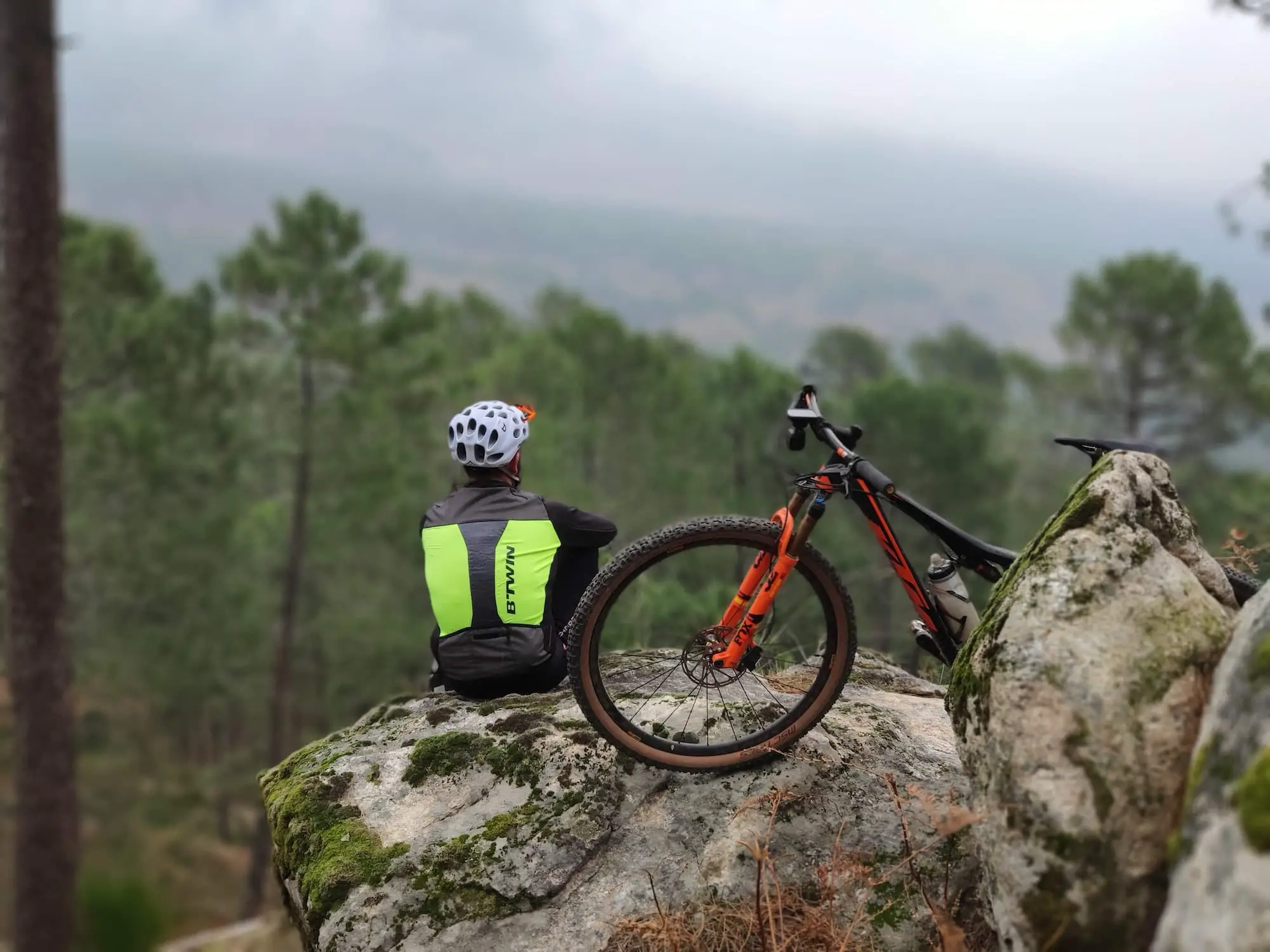
4. Jersey
Mountain bike jerseys come in several variations. Depending on your preference, you can either choose from long-sleeves, ¾ sleeves, and short sleeves. All MTB jerseys are loose cut for better movement and breathability.
Short-sleeved MTB jerseys are perfect for summer rides when you need to stay cool, but keep in mind that they offer lesser protection from branches, nettles, and thorns.
5. Knee Pads
Knee pads are a must if you are riding on a trail where you have a big chance of taking a spill. Some mountain bikers wear knee pads when mountain biking for peace of mind. Remember, don’t cheap out on your safety.
There are several knee pads in the market that are lightweight. There are also chunkier knee pads for more technical terrains. When it comes to choosing the right knee pad to use, your preference matters. It’s usually a delicate balance between weight, protection coverage, and how the knee pad affects your pedaling.
6. Shoes
Do you know what’s the most important item a biker should wear? Yes, it’s probably the shoes. Your bike shoes are a crucial contact point between you and your bike. For mountain biking, you two choices, clipless pedals or flat pedals.
Most mountain bikers choose to ride on clipless pedals. Like road bike shoes, clipless mountain biking shoes come with a mechanism that locks the shoe to the pedal when riding. The only difference is that MTB shoes are designed to have more recessed cleats and bigger treads so you can walk more normally on land.
Flat pedal shoes, on the other hand, are usually made from extra-grippy rubber to provide more traction. Most of them also have sole patterns that work with the protruding pins found on standard flat pedals.
7. Goggles or glasses
Cycling glasses are designed to protect your eyes from the glaring sun as well as from debris or low-hanging branches on the trail. For mountain biking, go for glasses that have interchangeable lens so you can easily swap lenses depending on the riding condition. For example, if you are riding under low-light, wear a clear lens. Tinted glasses work best when the sun is up and glaring.
Goggles, on the other hand, is the better choice when it’s raining and your trail is muddy. Not only do they offer a wider field of vision, they also give you sealed protection against the harsh weather. Go for goggles if you often ride downhill or on technical terrains.
8. Socks
The pedals and undergrowth can easily scratch your calves and shins if they are not protected. So, don’t forget to wear long, comfortable socks when mountain biking. If you ride under wet conditions, go for waterproof socks which help keep your feet dry and warm. During the summer, lightweight and breathable socks are the perfect choices to keep your feet cool and comfy. There are many sock designs out there so there’s no limit in expressing your style.
There you have it! Before you head out to your favorite trail, make sure to get these 8 essential items to wear when mountain biking.
Happy biking!


